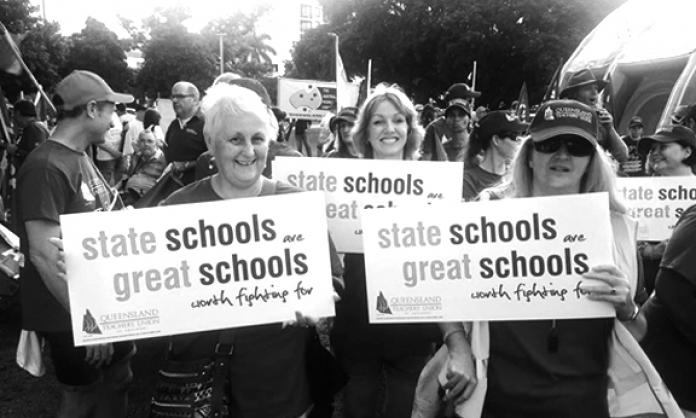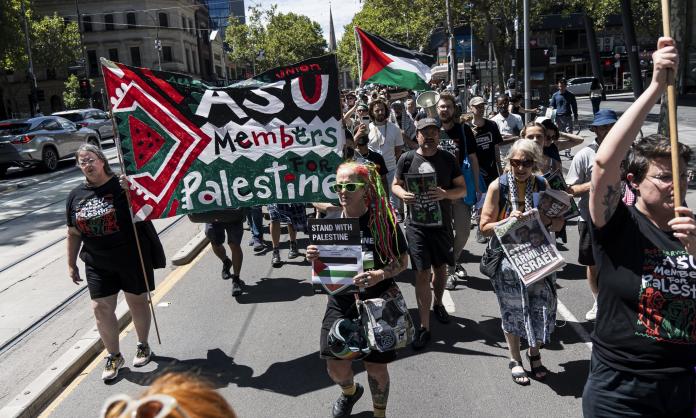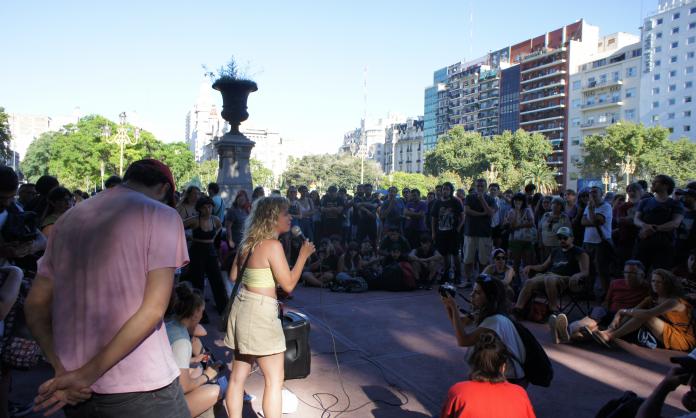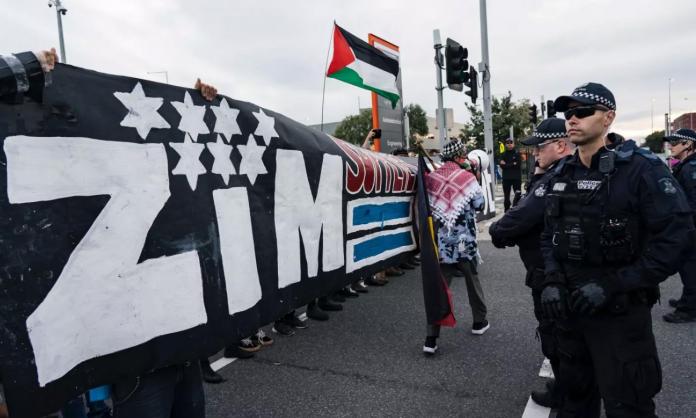Queensland state school teachers are in the midst of a fight with the state government to win a decent pay rise as well as improve workloads and conditions.
Annastacia Palaszczuk’s minority Labor government has offered a paltry 2.5 percent pay increase per year, which, if accepted, would result in state teachers’ wages falling behind those of Catholic school teachers and those of our interstate counterparts.
More than 40,000 teachers and members of the Queensland Teachers’ Union (QTU) throughout July have been voting to reject the government’s offer, take 24-hour strike action and implement a series of work bans.
In my workplace, with more than 100 QTU members, staff have rejected the offer. But in order to win our log of claims, including pay parity, we are going to have to strike and wage a determined campaign to force the government to concede.
Despite Palaszczuk winning a historic election against the Campbell Newman Liberal state government in 2015, important aspects of his attacks have not been reversed, and Palaszczuk has adopted his restrictive industrial relations laws.
Under the laws, any ballot for protected industrial action by state employees must be a postal ballot carried out by the Electoral Commission of Queensland, and a majority of those eligible to vote must do so for the ballot even to be considered. In practice, this means more than 18,000 state school teachers have to post their ballots by the due date, and a majority of those must be in favour, for teachers to be able to take protected strike action.
Should the ballot be successful, teachers will be implementing work bans from 13 August, and striking for 24 hours on 18 August. If the ballot for protected action is unsuccessful, the QTU needs to be prepared to confront the Palaszczuk government over its anti-worker laws as well as the poor pay offer and to take unprotected strike action.










